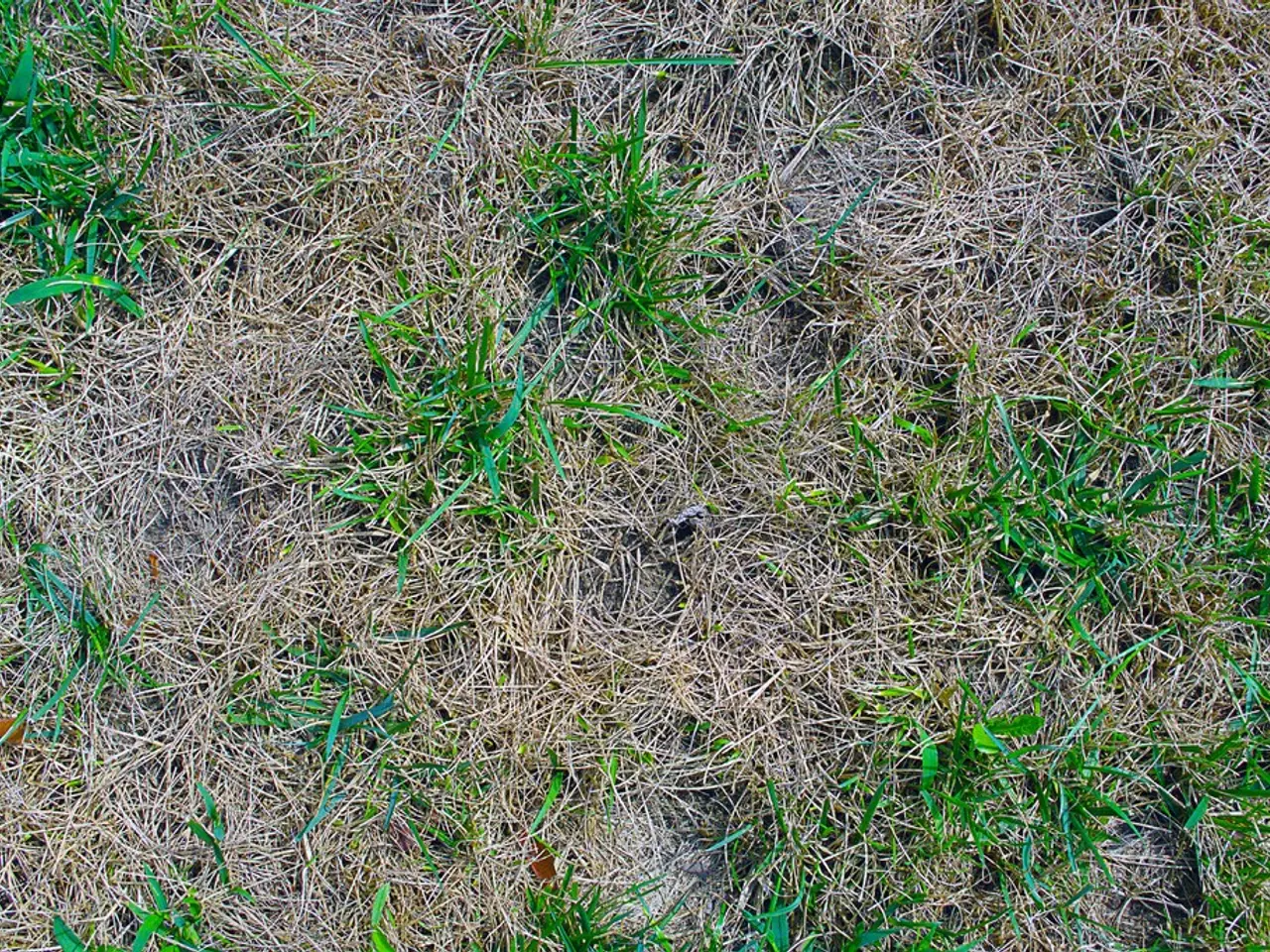Certification Journey toward Pasture-Raised Livestock Standards
Farming in Norfolk: Sarah Juggins' Journey to Pasture-Fed Wagyu Cattle
Sarah Juggins, a farmer in Norfolk, is on a mission to transition her Wagyu cattle to a pasture-fed system. A recent development has seen a new set of fields, a mix of GS4 and AB8, added to her farm, increasing its size by another 18 acres.
The need for this expansion was crucial. Without a local feed source, Sarah would have had to resort to carting in hay at an extortionate price or consider selling a significant portion of her herd. Instead, she turned to a neighbour who supplied pea-lage for the entirety of the winter.
Sarah's farm consists of a few acres of paddocks that she owns, with most of the grassland being rented from neighbouring farmers. She has a good relationship with two such neighbours, using 30 acres of their grassland as part of her farm's rotation. Another neighbour allows her to graze some permanent grass land and fields that are in Countryside Stewardship schemes, but only for certain periods of the year.
The key to finishing Wagyu on a grass diet is giving the animals time to mature. In the past, Sarah has faced the perception that high-quality meat like Wagyu must be finished on a high energy diet. However, she has found that there are farmers who finish Wagyu on a grass and hay diet.
Sarah's grassland is managed using rotational grazing to prevent overgrazing and maintain pasture health. The grass is left in place for four years and then a new field is planted with a legume and grass seed mix. During the 2022 drought, Sarah fed the majority of her stock of winter hay during the months of July, August, and September because there was nothing for the cattle to graze.
To address weather-related issues, Sarah moves her semi-permanent post and wire fencing and a large in-out shelter to the new pasture with the help of a fencing contractor. Her cattle are out-wintered and have sheds they can choose to go into.
Sarah and her farming landlords are currently discussing ways to build resilience into the cattle business. She plans to share other measures to help her achieve her ambition of rearing high-quality, high-welfare Wagyu cattle in Norfolk over the coming months.
Despite a lack of specific strategies documented for Wagyu breeders like Sarah Juggins, general knowledge suggests that successful transition to pasture-fed systems often involves securing sufficient land, implementing rotational grazing, weather management strategies, soil and pasture management, monitoring cattle health, and partnering with local landowners. However, for precise practices, direct interviews, articles, or breeder reports related to Sarah Juggins would be needed.
- Sarah's weather management strategies for her pasture-fed Wagyu cattle include moving her semi-permanent fencing and a large in-out shelter to the new pasture with the help of a fencing contractor.
- Successful transition to pasture-fed systems, as documented for farmers such as Sarah Juggins, often involves securing sufficient land, implementing rotational grazing, weather management strategies, soil and pasture management, monitoring cattle health, and partnering with local landowners.








